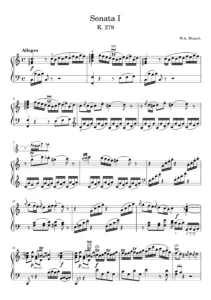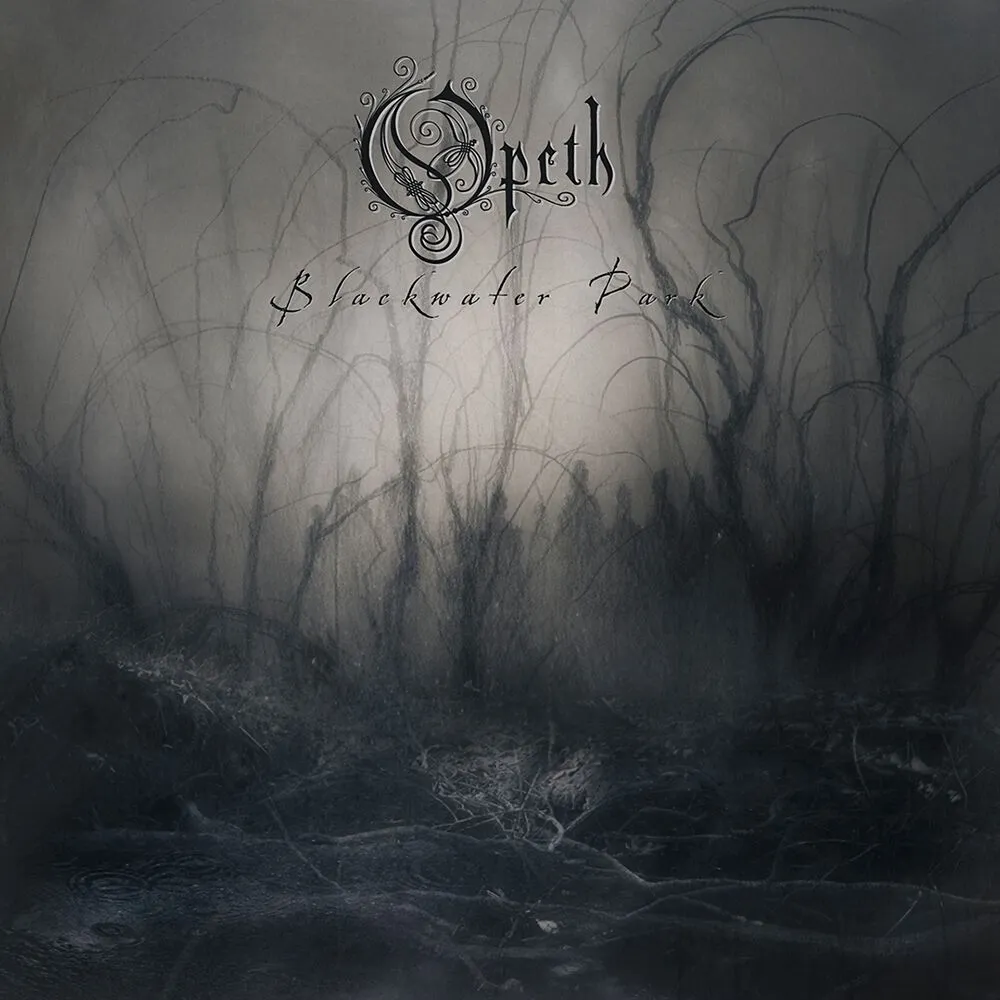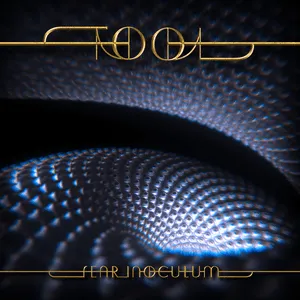Symphony X – The Divine Wings of Tragedy Review
Symphony X, a band renowned for their innovative fusion of progressive metal, neoclassical metal, and symphonic metal, delivers a breathtaking masterpiece in The Divine Wings of Tragedy. In this review, it will be explained why this album marks a significant milestone for Symphony X, as it not only boasts impeccable production quality compared to other records, but also this launch was groundbreaking for the progressive metal scene in general. The execution and presentation of the music are simply awe-inspiring, allowing each instrument to shine with pristine clarity.
Symphony X Virtuosity Featured in “The Divine Wings of Tragedy”
Despite gathering members with an exceptionally high musical caliber and a rich history of producing albums and compositions of unparalleled quality, Symphony X has never quite achieved the widespread popularity that some comparatively inferior bands have enjoyed. Nevertheless, within the realms of progressive metal, power metal, and their related genres, Symphony X holds an esteemed position as a definitive benchmark in the music scene, predominantly owing to the awe-inspiring virtuosity displayed by its musicians, as previously mentioned.
Under the visionary guidance of the founder and mastermind, Michael Romeo, this group hailing from New Jersey unveils a highly intriguing and distinctive musical style in The Divine Wings of Tragedy. This album artfully weaves together an assortment of influences from diverse genres, expertly blending them into a cohesive and unforgettable sound that lingers in the listener’s mind.
The Divine Wings of Tragedy Showcasing Classical Influences
As one delves into the album, the omnipresent keyboard becomes a prominent pillar, bestowing robust support to each and every composition. Moreover, the meticulously chosen sounds evoke undeniable allusions to the grandeur of the medieval era, reminiscent of the time when Wolfgang Amadeus Mozart and his contemporaries reigned supreme over the musical landscape. The undeniable influence of classical greats finds its place within the ingenious mind of the gifted composer, Michael Romeo. He artfully weaves fragments of classical works into his own compositions, a practice that becomes unequivocally evident throughout the entirety of The Divine Wings of Tragedy.
Right from the outset, it becomes evident that tranquility won’t be the prevailing theme throughout the album. Michael’s (guitarrist) exhilarating guitar riffs and Michael Pinella’s keyboard artistry put forth an impressive display right from the opening notes. On the guitar, we’re treated to electrifying riffs complemented by a deeply satisfying tone. Meanwhile, the keyboard embellishes the tapestry with intricate arpeggios, imbuing a subtle hint of the harpsichord’s allure.
The Divine Wings of Tragedy Complete Analysis
Among the standout tracks, “Sea of Lies” commands the spotlight, garnering the most plays on major music platforms. However, from my vantage point, the coveted gold medal unquestionably belongs to “The Accolade.” I dare say it stands as one of the finest progressive metal compositions ever created, as it seamlessly intertwines a compelling narrative with mesmerizing musical progressions and sound evolutions, resulting in an exquisitely rounded and captivating outcome. Particularly noteworthy is the artistry behind the sound effects, masterfully immersing the listener in the unique world that Mr. Romeo so vividly paints.
Following the awe-inspiring journey of “The Accolade,” there is a slight dip in the eagerness to continue listening (though only minimally, as everything seems pale in comparison after “The Accolade” ! That is until “The Witching Hour” makes its grand entrance, where the energy returns with the characteristic neoclassical atmosphere that defines Symphony X composition.
Transitioning to the next song, the average listener may feel like they are being taken on an ambitious adventure. “A 20:42-minute-long song!? Really?” Yes, indeed. Furthermore, the eponymous track of the album opens with ethereal Gregorian or ecclesiastical chants, adding to the sense of wonderment for the unsuspecting listener. Honestly, the first half of the song may feel somewhat restrained. However, as the second half unfolds, the sheer power of Michael Romeo’s musical genius takes the reins, transforming the experience into a gripping and captivating journey.
The final touch of the album comes in the form of “Candlelight Fantasia,” acting as both a summary and a poignant reminder of the intricately woven tapestry experienced on this classically inspired journey. True to the overarching musical theme of The Divine Wings of Tragedy, it leaves us with a lingering sense of restlessness and melancholic beauty as this extraordinary adventure draws to a close.
Symphony X – The Odyssey (2002): clear reference to “The Accolade”
Years later, as a consolation or as a mere subtle detail, The Odyssey presents us with “Accolade II,” providing poignant echoes of its predecessor through resonant and familiar melodies that invoke a sense of nostalgia and reverence.
Top Tracks:
- 5º “Sea of Lies”
- 4º “Candlelight Fantasia”
- 3º “The Divine Wings of Tragedy”
- 2º “The Witching Hour”
- 1º “The Accolade”
Final Rating and Conclussion
Hence, throughout the review of The Divine Wings of tragedy, I inevitably realised the fact that crafting an album like this demands a combination of talent, dedication, and hard work. Symphony X effortlessly exhibits a rare chemistry among their musicians, a harmony that’s hard to come by. That is why everything they have made in this album is so smooth and impressive. I would always reccomend this album for those who enjoy neoclassical metal virtuosity at its finest.






